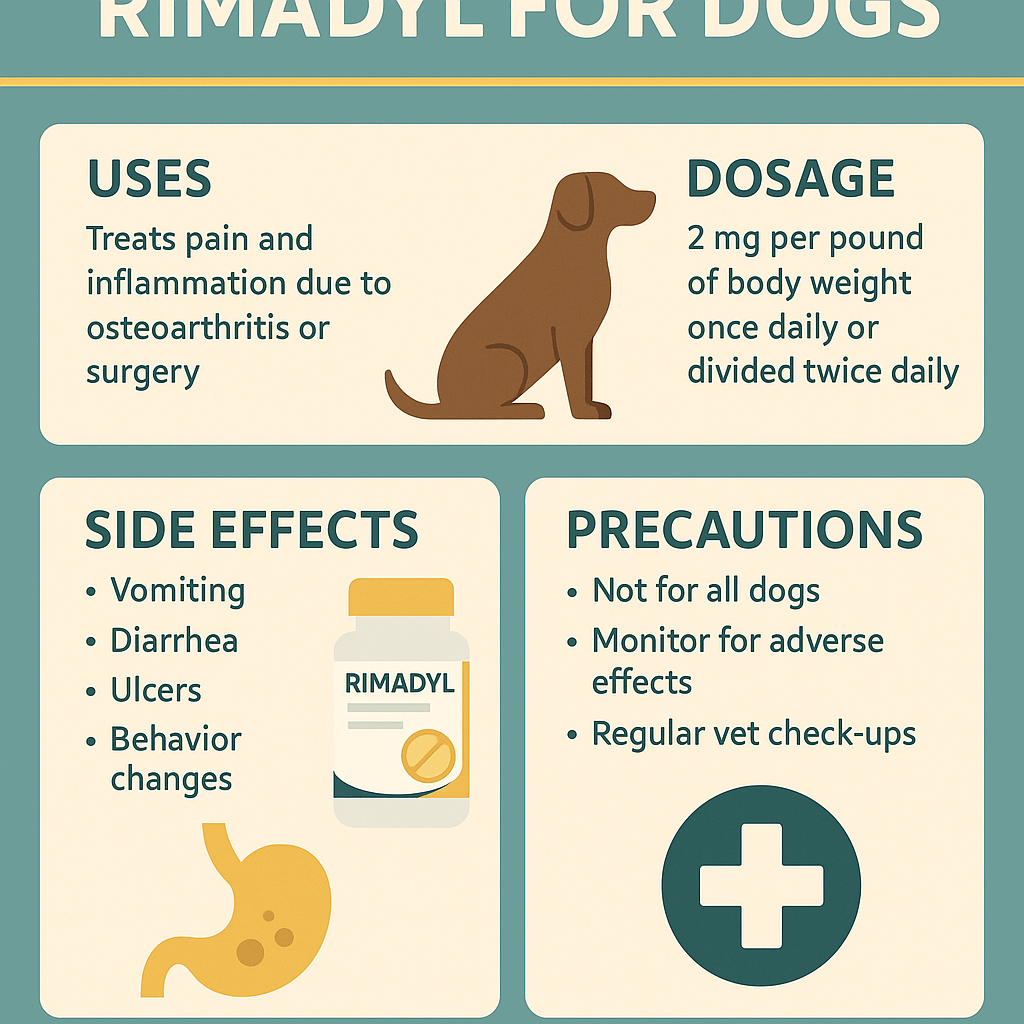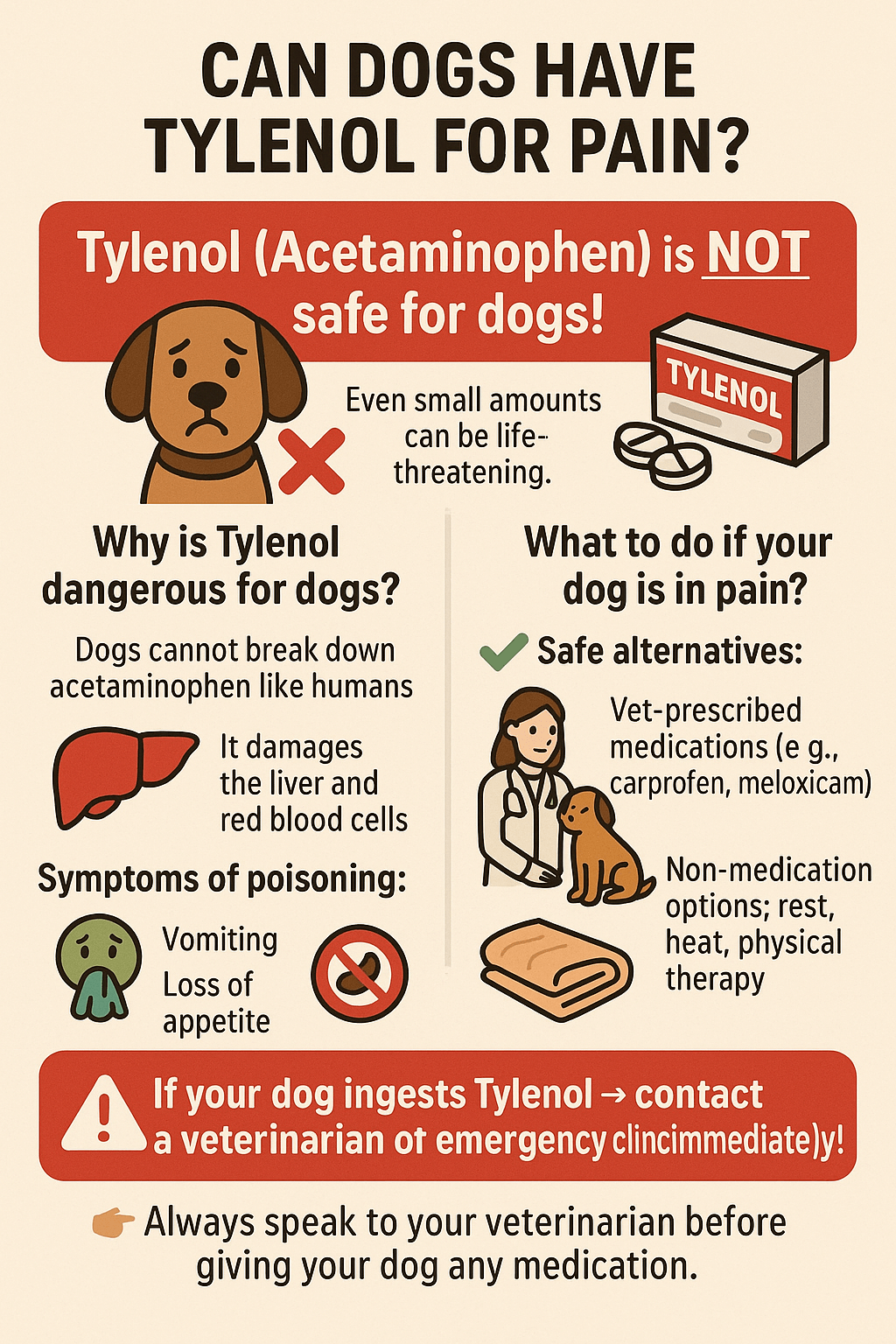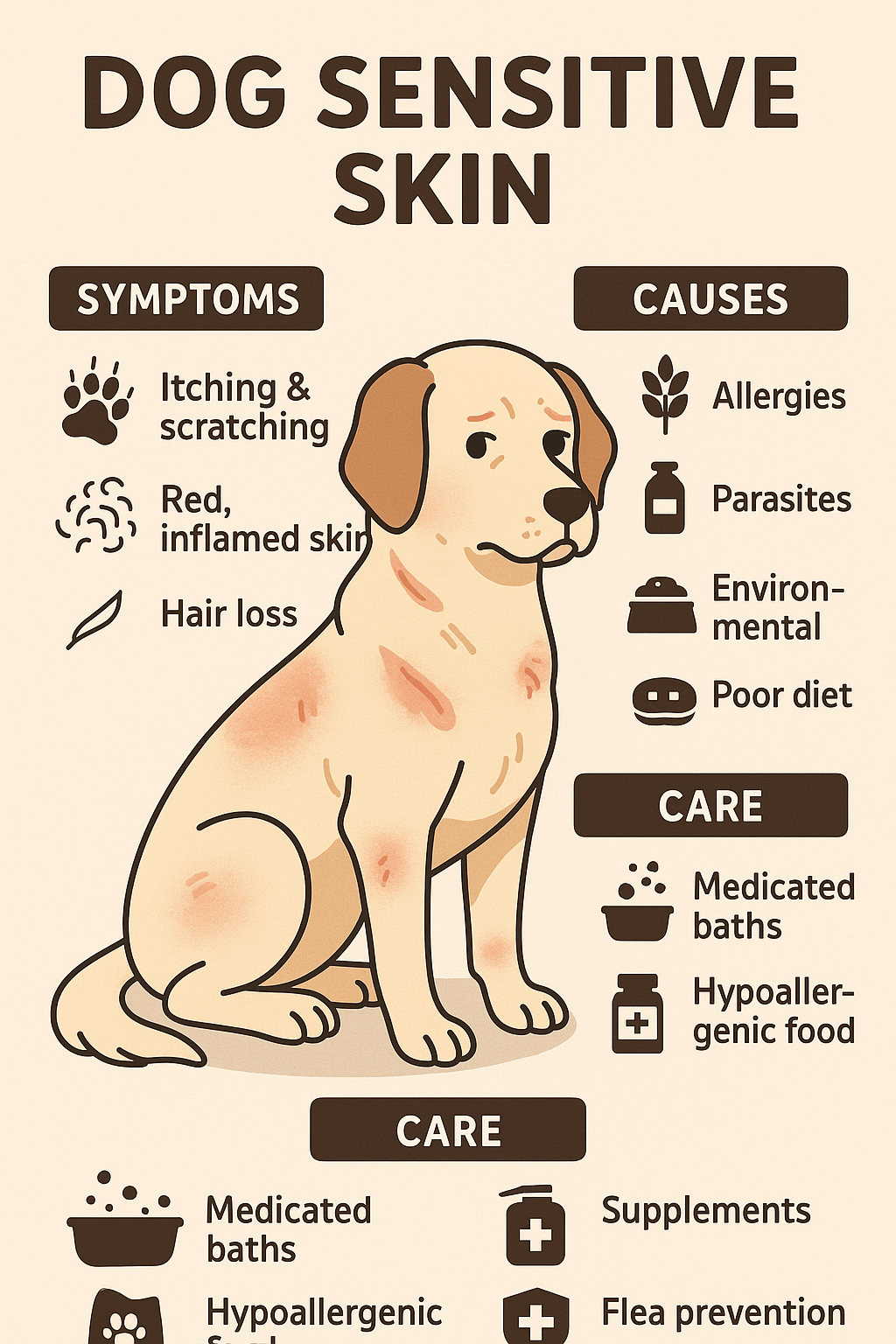Why Does My Dog Have One Red Eye? Understanding the Causes and Solutions
Noticing that your dog has one red eye can be alarming, but it’s important to stay calm and assess the situation. A red or irritated eye in dogs can stem from a variety of causes, ranging from minor irritations to more serious health conditions. While some cases may resolve on their own, others require prompt veterinary attention to prevent complications. In this blog post, we’ll explore the potential reasons behind a dog’s red eye, how to identify symptoms, and what steps you should take to ensure your furry friend gets the care they need. By understanding the underlying issues, you’ll be better equipped to protect your dog’s eye health and overall well-being.
Common Causes of a Dog’s Red Eye
A red eye in dogs can result from several factors, and identifying the cause is the first step toward addressing the issue. Here are some common reasons why your dog might have one red eye:
Conjunctivitis (Pink Eye):
This inflammation of the conjunctiva is often caused by infections, allergies, or foreign objects and leads to redness and discharge.Corneal Ulcers:
Scratches or injuries to the cornea can cause redness, pain, and excessive tearing, requiring immediate treatment.Glaucoma:
Increased pressure within the eye can lead to redness, swelling, and even vision loss if left untreated.Foreign Objects:
Dust, dirt, or debris trapped under the eyelid can irritate the eye and cause redness.Uveitis:
Inflammation of the uvea (the middle layer of the eye) often results in redness, squinting, and sensitivity to light.
Understanding these potential causes will help you determine whether the issue requires home care or a trip to the vet.
Signs That Your Dog Needs Immediate Veterinary Care
While some cases of red eyes in dogs are mild, others can indicate serious conditions that need urgent attention. Here are signs that warrant an immediate visit to the veterinarian:
Excessive Squinting or Blinking:
If your dog is constantly squinting or unable to open the affected eye, it could signal pain or injury.Swelling Around the Eye:
Significant swelling may indicate an infection or trauma that needs professional treatment.Cloudy or Discolored Eye:
A cloudy appearance or unusual discoloration in the eye can point to glaucoma or other serious issues.Discharge or Pus:
Yellow or green discharge often indicates an infection that requires antibiotics.Behavioral Changes:
Lethargy, reluctance to eat, or increased aggression may accompany severe eye problems and should not be ignored.
If you notice any of these symptoms, don’t delay—seek veterinary care as soon as possible to prevent further complications.
Check this guide 👉Dog Has Red Eyes: Best 7 Expert Tips for Relief & Care!
Check this guide 👉Understanding Dog Eye Allergies: Best 7 Health Tips!
Check this guide 👉Understanding Dog Eye Cysts: Best 7 Health Tips!

Condition | Symptoms to Watch For |
|---|---|
Conjunctivitis | Redness, watery discharge, frequent blinking |
Corneal Ulcer | Pain, excessive tearing, sensitivity to light |
Glaucoma | Bulging eye, cloudiness, vision impairment |
Foreign Object | Pawing at eye, redness, visible debris |
Uveitis | Redness, squinting, sensitivity to light |
Steps to Take When Your Dog Has a Red Eye
If your dog’s eye appears red, there are several steps you can take to address the issue before consulting a veterinarian. Here’s what to do:
Examine the Eye Carefully:
Look for signs of foreign objects, discharge, or swelling without touching the eye directly.Flush the Eye with Saline Solution:
Use a sterile saline solution to gently rinse the eye if you suspect debris or irritation.Prevent Rubbing or Scratching:
Use an Elizabethan collar to stop your dog from pawing at the eye and worsening the condition.Monitor for Improvement:
Keep an eye on the redness and other symptoms over the next 24 hours to see if they improve.Avoid Home Remedies Without Guidance:
Refrain from using over-the-counter medications or creams unless advised by a vet.
These steps can help manage mild cases, but always consult a professional if the problem persists or worsens.
Preventive Measures to Protect Your Dog’s Eye Health
Preventing eye issues in dogs is far easier than treating them. Here are some proactive steps you can take to keep your dog’s eyes healthy:
Regular Eye Checkups:
Include eye exams during routine vet visits to catch potential problems early.Keep Fur Trimmed Around the Eyes:
Long-haired breeds benefit from having the fur around their eyes trimmed to prevent irritation.Protect Eyes During Outdoor Activities:
Use goggles or avoid areas with tall grass and thorns to shield your dog’s eyes from injury.Maintain a Clean Environment:
Reduce exposure to dust, smoke, and allergens that can irritate your dog’s eyes.Provide a Balanced Diet:
Nutrients like omega-3 fatty acids support eye health and reduce inflammation.
By taking these preventive measures, you can minimize the risk of your dog developing red or irritated eyes.
Signs Your Dog’s Red Eye Is Improving
If you’ve taken steps to address your dog’s red eye, it’s important to monitor their progress. Here are signs that indicate the condition is improving:
Reduced Redness:
The eye appears less inflamed and closer to its normal color.Decreased Discharge:
A reduction in watery or pus-like discharge suggests healing is underway.Normal Behavior Returns:
Your dog resumes regular activities like eating, playing, and interacting normally.Less Frequent Blinking or Squinting:
If your dog stops squinting or blinking excessively, it’s a positive sign of recovery.Improved Comfort Level:
Your dog no longer paws at the eye or shows signs of pain or discomfort.
These signs suggest that your dog’s eye is healing, but continue to monitor for any setbacks and consult your vet if needed.
Common Mistakes to Avoid When Treating a Dog’s Red Eye
While it’s tempting to try home remedies or quick fixes, certain mistakes can worsen your dog’s condition. Here are common errors to avoid:
Using Human Medications:
Products like eye drops or ointments designed for humans can irritate or harm your dog’s eyes.Ignoring Persistent Symptoms:
Delaying veterinary care for a red eye that doesn’t improve can lead to complications like vision loss.Forcing the Eye Open:
Attempting to pry open a swollen or closed eye can cause further injury or stress to your dog.Skipping Follow-Up Appointments:
Even if symptoms improve, skipping vet-recommended follow-ups can result in recurring issues.Exposing the Eye to Irritants:
Allowing your dog near smoke, strong chemicals, or dusty environments can prolong irritation.
By avoiding these mistakes, you’ll ensure your dog receives the best possible care and avoids unnecessary complications.
Tips for Keeping Your Dog Comfortable During Recovery
When your dog has a red eye, keeping them comfortable is essential for their recovery. Here are some tips to help your furry friend feel better during this time:
Provide a Quiet Rest Area:
Create a calm, low-stress environment where your dog can relax without overstimulation.Limit Physical Activity:
Reduce vigorous play or exercise to prevent accidental bumps or strain on the eye.Use an Elizabethan Collar:
Prevent your dog from pawing or rubbing the affected eye with a protective collar.Offer Gentle Reassurance:
Speak softly and spend time comforting your dog to reduce anxiety about their condition.Administer Prescribed Treatments:
Follow your vet’s instructions carefully to ensure medications or eye drops are applied correctly.
By prioritizing your dog’s comfort and adhering to treatment plans, you’ll support a smoother and faster recovery process.
Frequently Asked Questions About Dogs with Red Eyes
Can allergies cause a dog’s eye to turn red?
Yes, allergies to pollen, dust, or food can lead to red, itchy eyes in dogs.
How can I tell if my dog’s red eye is serious?
Look for signs like swelling, discharge, cloudiness, or behavioral changes, which indicate a need for vet care.
Is it safe to use human eye drops on dogs?
No, human eye drops can be harmful to dogs. Always consult your vet before using any medication.
What should I do if my dog got something in their eye?
Flush the eye with saline solution and monitor for improvement. If the redness persists, see a vet.
Can red eyes in dogs resolve on their own?
Mild cases caused by minor irritations may improve within a day, but persistent redness requires professional attention.
Final Thoughts: Prioritizing Your Dog’s Eye Health
A red eye in your dog can be alarming, but understanding the potential causes and knowing when to seek help can make all the difference. Whether it’s a minor irritation or a sign of a more serious condition, timely intervention is key to ensuring your dog’s comfort and preventing long-term damage. By staying vigilant, practicing preventive care, and working closely with your veterinarian, you can safeguard your dog’s eye health and enjoy many happy years together. Remember, your dog relies on you to notice changes and act quickly—your attentiveness could save their sight.
Rimadyl for Dogs: Best 7 Expert Tips! Discover expert advice on using Rimadyl safely, managing pain, and improving your dog’s mobility with trusted veterinary insights.
Can Dogs Have Tylenol for Pain? Best 7 Expert Tips! Discover the risks, safe alternatives, and expert advice on managing your dog’s pain effectively while avoiding harmful medications.
Understanding Hemophilia in Dogs: Best 7 Expert Tips! Discover expert advice on managing hemophilia, recognizing symptoms, and ensuring your dog’s well-being with practical care strategies.
Understanding Dog Sensitive Skin: Best 7 Expert Tips! Discover expert advice on managing dog sensitive skin, relieving irritation, and improving your pup’s comfort with practical solutions.





